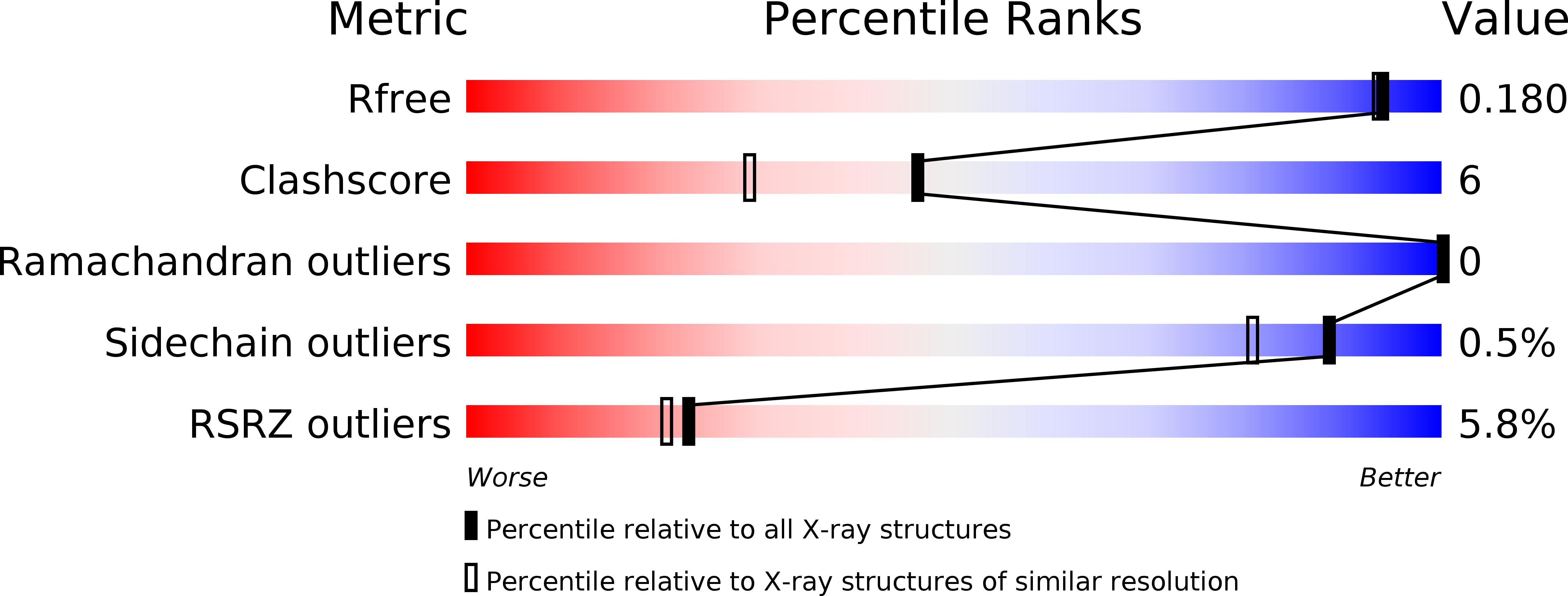
Deposition Date
2013-10-27
Release Date
2014-08-13
Last Version Date
2023-09-20
Entry Detail
PDB ID:
4NDP
Keywords:
Title:
Crystal structure Molybdenum Storage Protein with fully Mo-loaded cavity
Biological Source:
Source Organism:
Azotobacter vinelandii (Taxon ID: 322710)
Method Details:
Experimental Method:
Resolution:
1.60 Å
R-Value Free:
0.17
R-Value Work:
0.16
R-Value Observed:
0.16
Space Group:
P 63 2 2


